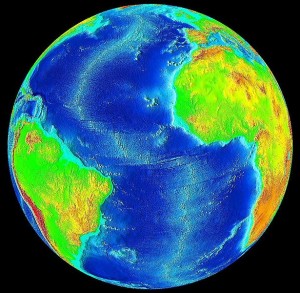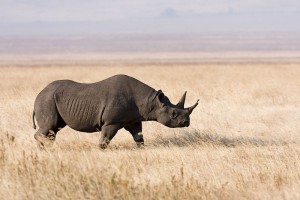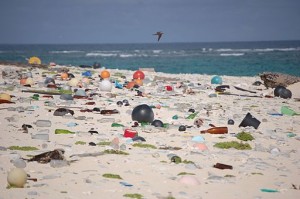Introducing: New Nature Magazine
The youth nature movement is a thing of beauty: rife with promise, potential, quirky characters and, of course, phenomenal talent. It is, however, lacking one thing: a media platform to promote, support and provide opportunities for the young people at its helm.

For quite some time now, environmentalists have lambasted the perceived lack of interest that young people possess for the nature: branding us lazy, disinterested, and often rather detached from the wonders that lie in the outside world. This could not be further from the truth, though, in the eyes of many, the view of ignorant, social-media obsessed young people, shut away from the nature, persists regardless. Despite such things standing utterly detached from the truth.
The youth nature movement is a thing of beauty: rife with promise, potential, quirky characters and, of course, phenomenal talent. The pioneering steps taken by organisations such as A Focus On Nature now developing into a tsunami of interest from across Britain. As fresh talents emerge and an increasing number of young people, from all backgrounds, poke their heads above the proverbial parapet and take a stand for the natural world. Each and all utilising their individual talents – whether in conservation, writing, speaking or campaigning – to better the world in which we all live. These people, the up and coming heroes in conservation, ecology, and communication, deserve a resounding applause, and recognition for their deeds and abilities. As do the intrepid few who set the wheels of change in motion – yes, I am referring, again, to the AFON team.
Despite the ample successes of the movement, one thing, thus far, has been glaring in its absence from the proceedings: a media platform dedicated to prompting, supporting, and encouraging said young people. This is something that through the creation of our new e-magazine, we hope to rectify.
The idea behind the e-mag came to me recently, while browsing a popular natural history magazine. Springing to mind as I noticed the distinct lack of young writers gracing the glossy pages. Writers whom, whether due to a lack of confidence or opportunity, find their passion unrecognised and their voices unheard. Not to fault the magazine – rarely does one start out with the talent necessary to successfully pitch an article to a renowned outlet. That comes later, of course, with nurturing and support.
With a team of incredibly dedicated young naturalists in place, and after careful planning, we are now proud to announce the launch of New Nature – the only natural history magazine written, edited, and produced entirely by the next generation. A magazine we hope to release monthly, for the foreseeable future, set to contain everything from opinion pieces and traditional nature writing, to reviews, research summaries, trip reports and conservation news. All from the horse’s mouth, so to speak, and in addition to interviews with and careers advice from prominent figures and organisations in the environmental field. It is going to be jolly exciting, if a little difficult to get going.
The support for our idea, thus far, has been nothing short of inspiring. From groups, such as BSBI and Conservation Jobs, and prominent figures in the realms of television and social media. Clearly, there is an available niche for this sort of thing. One which we hope to occupy; by highlighting the work of young people to a wider audience, and by offering support, guidance, and a place for the next generation to express their passion absent worry. We hope, through hard work and perhaps a little blind luck, to turn New Nature into a hub for young people with an interest in nature, while providing the youth nature movement with the platform it so desperately requires, both to instil hope in the older generation and bring the work and views of the younger to a much wider audience.
Interested? If so, there are a number of ways to get involved. Foremost, by contributing your articles, images, illustrations, and other interesting titbits to the magazine. Or by offering advice and support if you are passed labelling yourself as a “younger naturalist”. We intend the magazine to launch on the January 2nd, and would appreciate all help in raising a clamour beforehand. Something which you can do easily: by sharing our Twitter and Facebook pages, by talking to friends, by emailing acquaintances and, of course, sharing this blog. Ultimately, however, we hope that you will read the magazine – which will be made available online on our blog, and emailed out at the turn of each month.
For those of you interested in being added to our email-list and receiving future issues of New Nature direct to your inbox, please email us at editorial.newnature@gmail.com, or get in touch with myself or another team member (details can be found on the blog). It is not going to be easy, starting something such as this on a voluntary basis seldom is, but we predict this initial idea to flourish, with your help.
James Common (@CommonByNature) – Founder/Lead Editor





One Comment
Hi guys,
I am so glad to see that you are taking a standpoint for the new generation of nature lovers. Unlike many, I know there are good people out there that are ready to take up the fight that my generation have been involved in. I have always said that your generation will be the ones that will have the last chance to make a difference. Go for it!
If you need any images, I have close to 10000 of African wildlife….
Simon